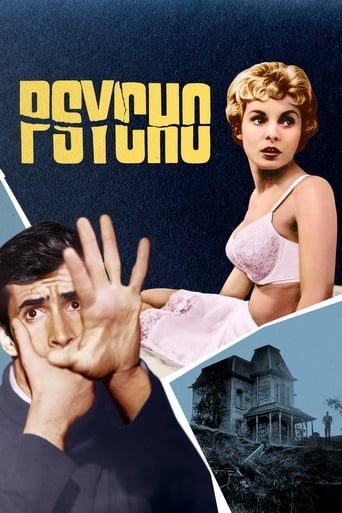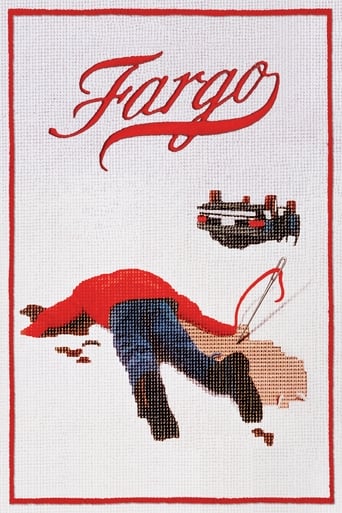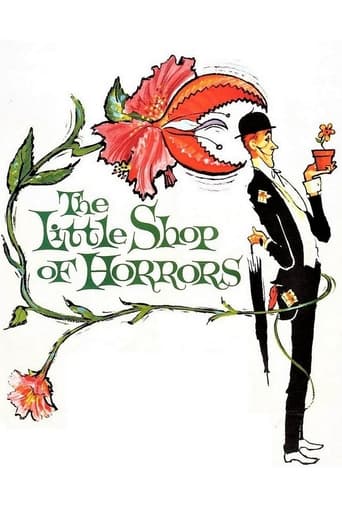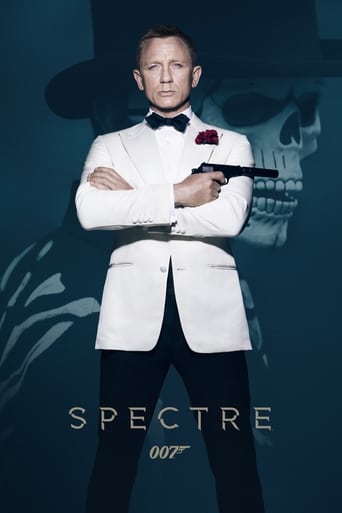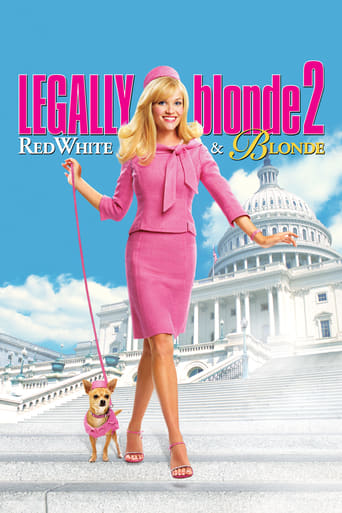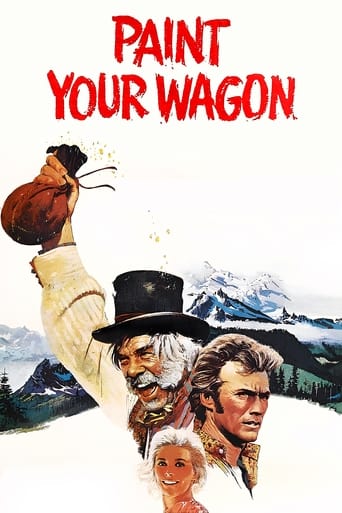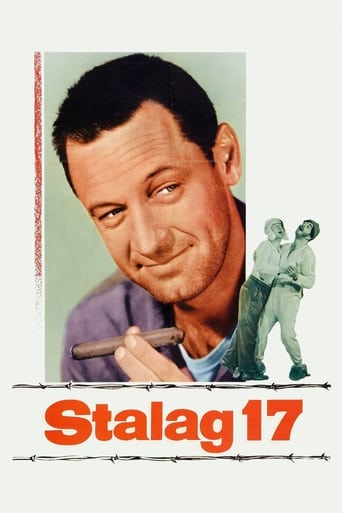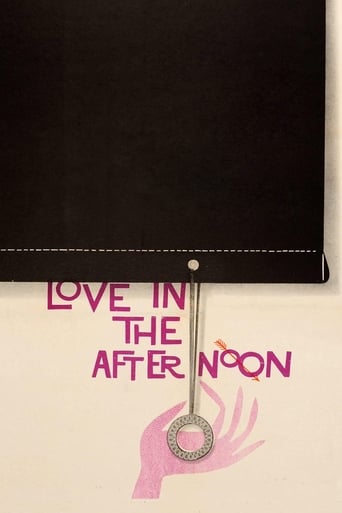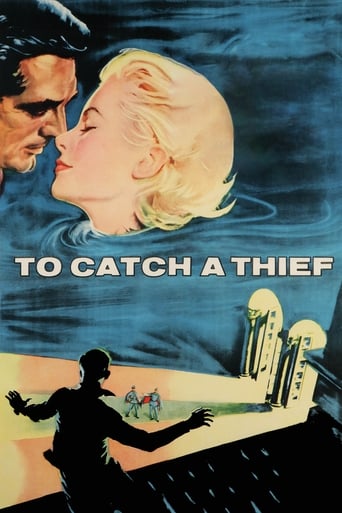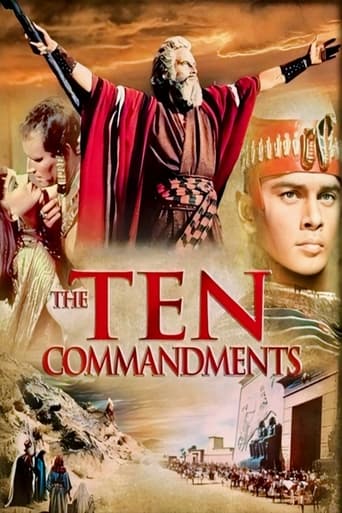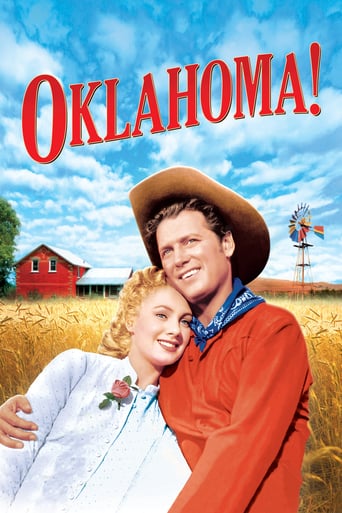


Oklahoma!
In the Oklahoma territory at the turn of the twentieth century, two young cowboys vie with a violent ranch hand and a traveling peddler for the hearts of the women they love.
-
- Cast:
- Gordon MacRae , Gloria Grahame , Gene Nelson , Charlotte Greenwood , Shirley Jones , Eddie Albert , James Whitmore


Similar titles
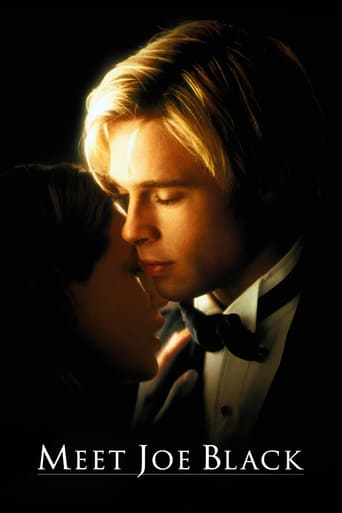
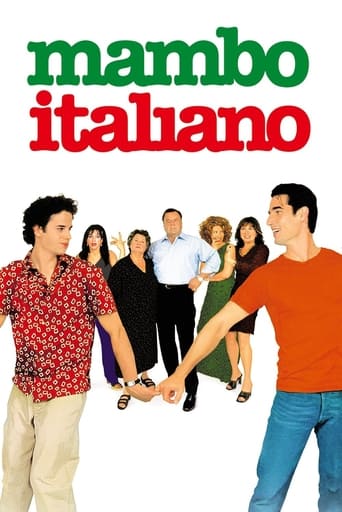
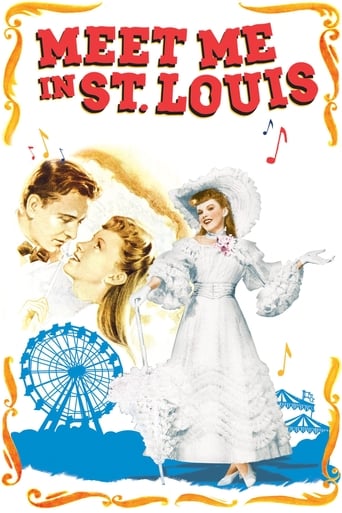

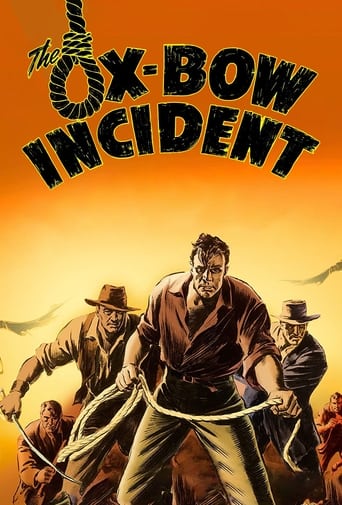

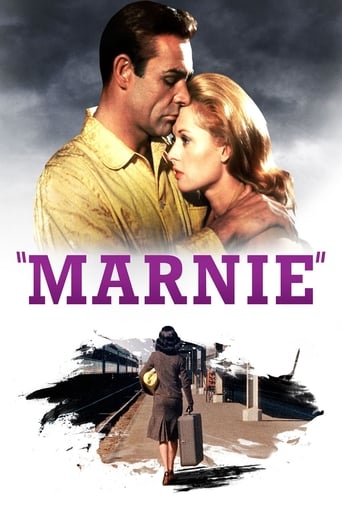
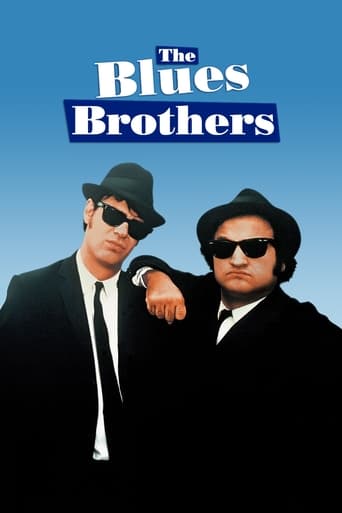
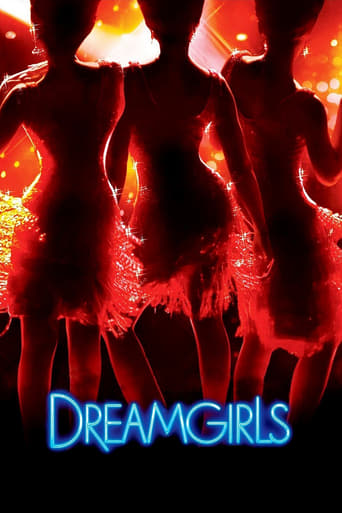
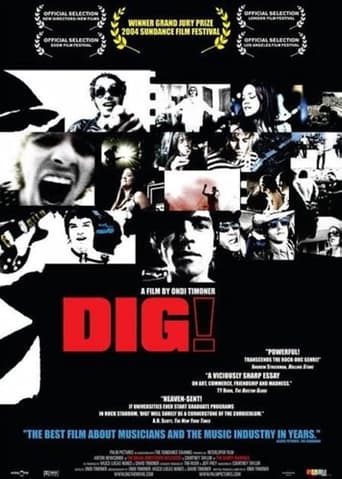
Reviews
Great Film overall
Expected more
Although I seem to have had higher expectations than I thought, the movie is super entertaining.
Just intense enough to provide a much-needed diversion, just lightweight enough to make you forget about it soon after it’s over. It’s not exactly “good,” per se, but it does what it sets out to do in terms of putting us on edge, which makes it … successful?
My wife, a foreign national, is quite a fan of English-language musicals. As we watched "Oklahoma!" together, I occasionally saw her fidgeting in her seat and checking her watch. At the end, I asked, "How did you like it?" Straight out of her mouth came the words "I've seen better".The problem lies in its plot, precisely described elsewhere as "The story can be boiled down to a single sentence: a girl must decide between the two suitors who want to take her to a social." Too, too simplistic. Not much to challenge the viewer's intellect here.Moreover, production quality appears painfully low budget. Several "outdoor" shootings scream "sound stage", and I often felt like I was watching a theater version recorded to film.
I watched this with my 88 year old mother. 3/4 of the way through Mom made the sage observation of "I don't see any point to this." I basically agree with Mom. This is the kind of movie that makes other races say "White People!" in a sarcastic disdainful manner. The movie is filled with a bunch of silly white folk fantasizing in a sort of Barbie style world. If the sanitized 1950s white folk Barbie style film is what sends you to heaven...as it does for many of the reviewers on this site...then you will really enjoy Oklahoma. If not then you can probably appreciate it but will find yourself wishing for an end.Technically the film and actors are fine. But...unless you have a G rated Barbie style view of the world where beautiful young girls in dresses pine to be married happily every after the film just drags on.Oklahoma is notable for a psycho Rod Steiger. Rod displays the acting talents that will serve him well in meatier roles down the road.Eddie Albert is also fun to see 10 years younger than Green Acres. He's a schmoozing traveling salesman who ends up with a shotgun wedding.Oklahoma also features a strange dream sequence in the middle. The fantasy of a young girl dreaming of heroes and marriage. The scene is surreal compared to the rest of the musical. As far as musicals go this one drags on and on with little happening. It is the antithesis of the My Fair Lady which is even longer but never drags like this one.
Superior filming of great R&H musical with Shirley Jones and Gordon MacRae ideally cast in the leads. They share a great chemistry but even better their voices blend beautifully together on the top notch score. Gloria Grahame was considered miscast at the time as Ado Annie due to her supremacy as a film noir fixture but she is charmingly coquettish and addle-pated. However she was apparently a terror to work with on the picture engendering the animosity of cast and crew and damaging her reputation and career which never fully recovered. Eddie Albert and Charlotte Greenwood provide nice bits of humor as Ali Hakim and Aunt Eller with Rod Steiger is a terrifically dark and menacing Jud Fry. Highly stylized this has gorgeous production and costume design all filmed in widescreen Todd-AO and Technicolor, a fantastic entertainment of the type that Hollywood has forgotten how to make.
This was the first of the stage-to-screen adaptation of a Rodgers and Hammerstein show, full of the sweetness, humour, rural idyll and dark touches that characterise their work. But rather than focus on the genius of that legendary composer-lyricist duo or the innovativeness of Oklahoma the stage show, I'm going to concentrate on how it is made to work for the screen, and what this production meant for the future of the screen musical.Rodgers and Hammerstein, not wishing to see a disservice done to their material, involved themselves considerably in the making of the picture, and this included selecting the director. To many amateur film buffs and fans of "serious" cinema, Fred Zinnemann may seem like an odd choice, and Oklahoma might appear to be an anomaly in his oeuvre, which is best known for its painstaking realism and heavy-going drama. Zinnemann was of course one of the most bankable directors of this period, having made a number of critical and commercial hits in the early 50s, including 1953's Best Picture Oscar winner From Here to Eternity. But I believe Rodgers and Hammerstein were being quite savvy when they made the choice, and not just blindly plumping for an industry favourite. Oklahoma makes the bold step which MGM, the current champions of the genre, rarely made, of being filmed on location. Few directors had a better feel for the beauty and serenity of the countryside than Zinnemann, so who better to smooth the transition from the enclosure of the stage to the vastness of the plains? Of course, directing a musical is a craft in itself which directors either have or they don't. Zinnemann had no experience in the genre, and while he doesn't have the same flair for complex visual orchestration of the undisputed master Vincente Minnelli, he shoots the numbers in his own sensitive style, which proves very effective for the gentleness of the Rodgers and Hammerstein world. For the relaxed, character-orientated songs like "Surrey with the Fringe on Top" he shows off the beauty of the location to match that of the music. He uses the extra width of the new scope ratio to add little bits of movement to the edges of the screen – a horse flicking its tail or a tree waving in the breeze – complementing the song without being intrusive enough to overshadow it. For "People Will Say We're in Love", there are natural-looking extras in the background whose movements are in time with the tune. With "Poor Jud is Daid", easily the funniest song, the whole thing is shot before a plain background, focusing us entirely on the words and the actors' expressions.For the more crowded dance numbers, most of the credit goes to choreographer Agnes de Mille. De Mille shows a rare sensitivity to every nuance of the music as well the nature of each character, and her influence on the overall look of this picture is so significant she almost deserves a co-director credit. Probably the greatest example of her work in Oklahoma is on the number "Many a New Day". If you listen carefully to the music, you can hear it has a lot of what are called counter rhythms, with often double-time melodies playing under the main tune. De Mille mimics this by having some of the dancers in double-time to the rest, and having each strand of the orchestration matched by a different dance step. It's a pity she didn't work more often in cinema, and also a shame the Oscar for Best Dance Direction had been discontinued. She certainly deserved some sort of award for her valuable input.At this time in musicals story and drama were beginning to take precedence over performance showcasing. It followed then that cast members were being chosen for their acting ability rather than their song-and-dance skills, although at this point it was still mainly the supporting roles that were filled by people who were actors first. Pick of the bunch here is surely Gloria Grahame. Grahame is patently tone-deaf, but she acts each of her songs more than she sings it, bringing the part to life through tone and movement. Besides, her tuneless wailing fits the character nicely. Then there's Eddie Albert as Ali Hakim. Albert probably knew he had the silliest and least convincing character of the whole show, so he just has fun with the role, playing the peddler like a cross between Alan Hale and Chico Marx. The oddest bit of casting is Rod Steiger, who plays Jud like he was still in On the Waterfront. But the gritty intensity of his performance really works, making the character seem like a real menace rather than a comedy figure you can just laugh off. And kudos to "serious" actor Steiger for putting time and attention into getting the part right. Steiger's appearance here represents the greatest departure for casting in musicals. Grahame or Albert could conceivably have appeared in an early 50s MGM musical, but Rod Steiger, never! And in fact, it is these delightful supporting players who really make Oklahoma. Gordon MacCrae and Shirley Jones, who we can assume were chosen for their looks and vocal talent, make for rather bland leads. While these two would do better stuff later on, the fact that they fail to carry the heart of this movie points to the way forward for the genre. It wouldn't be long before such roles would be filled by top dramatic performers like Deborah Kerr, Natalie Wood and Audrey Hepburn, their singing voices dubbed (usually by an uncredited Marni Nixon). For better or for worse, the future of the screen musical belonged to the actors.

